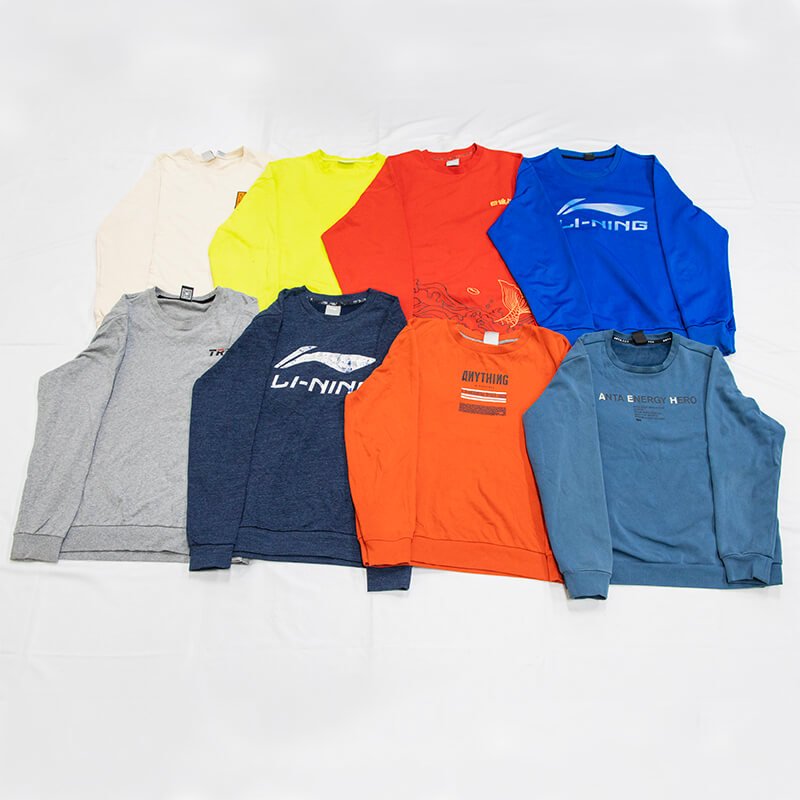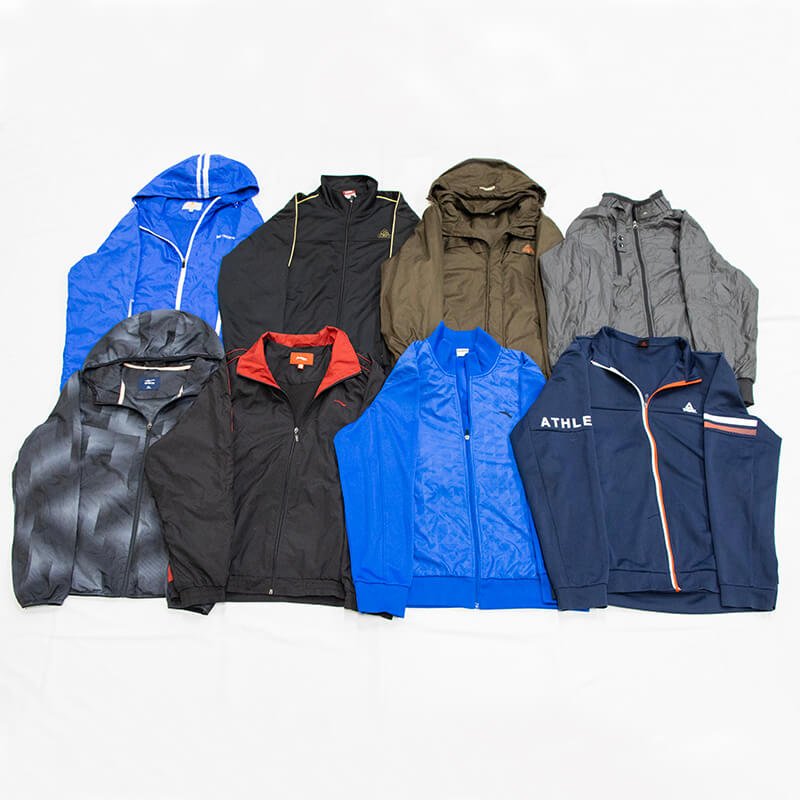Introduction
The global second hand clothing industry plays a significant role in sustainable fashion and economic development. Within this industry, China stands out as a leading producer, contributing to both domestic and international markets.

China’s Second Hand Clothing Industry: Scale and Impact
China’s second hand clothing industry boasts impressive scale, with statistics indicating substantial production volumes. According to recent data, China accounts for over 30% of the global second hand clothing market, with an annual production output exceeding 5 million tons. This robust production capacity has considerable influence, shaping both domestic consumption patterns and international trade dynamics.

Advantages of Producing Second Hand Clothes in China
One of China’s key strengths in second hand clothing production lies in its abundant resources. From raw materials to skilled labor, the country’s well-developed manufacturing infrastructure and supply chains support efficient production processes. Recent surveys indicate that China’s textile industry employs over 10 million workers, providing a skilled workforce capable of meeting the demands of the second hand clothing market. Moreover, China’s commitment to technological innovation ensures high-quality standards and product consistency, with investments in advanced sorting and processing machinery driving efficiency and product differentiation.

Trends in China’s Second Hand Clothing Industry
The second hand industry in China continues to experience steady growth, driven by increasing demand from consumers domestically and abroad. Market research reveals a year-on-year growth rate of 15% in domestic second hand clothing sales, outpacing the overall retail sector’s growth. This growth is further fueled by a growing environmental consciousness, with more consumers opting for sustainable fashion choices. A recent survey found that over 70% of Chinese consumers consider sustainability when making purchasing decisions, indicating a significant shift towards eco-friendly alternatives. Additionally, China’s second hand clothing industry is undergoing a transformation, with efforts focused on upgrading technology and diversifying product offerings. The emergence of online platforms and mobile apps dedicated to second hand clothing trading has facilitated market access and enhanced consumer convenience, driving further growth in the sector.

Challenges and Strategies
Despite its strengths, China’s second hand clothing industry faces several challenges. Intense competition from both domestic manufacturers and international players poses significant hurdles to market expansion. Moreover, the need for brand-building efforts remains crucial, with established brands enjoying greater consumer trust and loyalty. Additionally, ensuring responsible resource utilization and environmental protection remains a priority. Efforts to address these challenges include the adoption of sustainable production practices, such as water and energy conservation measures, as well as investments in eco-friendly packaging and logistics solutions. Moreover, collaborations with industry stakeholders and regulatory bodies aim to establish and enforce standards for ethical sourcing and production, ensuring compliance with international norms and regulations.

Conclusion
In conclusion, China’s dominance in the production of second hand clothing underscores its pivotal role in the global fashion economy. With its vast resources, technological prowess, and commitment to sustainability, China is poised to shape the future of the second hand clothing industry. By leveraging its strengths and addressing challenges through innovation and collaboration, China can continue to lead the way towards a more sustainable and ethical fashion landscape.